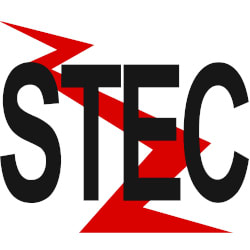Dive Brief:
- The New Hampshire Public Utilities Commission (PUC) voted to reduce the state’s renewable energy rebate from $.75 per watt and a maximum of $3,750 to $.50 per watt and a maximum of $2,500. The decision was due to a drop in 2015 funding for rebates from $17 million to $4 million.
- The PUC’s vote avoided a lapse in rebate availability, but some New Hampshire solar installers say the cut will hurt their businesses because homeowners will build fewer and smaller rooftop arrays. Other installers say the “painful but necessary” cut will be offset by a lower residential solar installed cost.
- Money for the rebates comes from New Hampshire’s renewable energy fund. It is funded by alternative compliance payments (ACPs), fees that utilities pay to the state when they cannot meet the state's renewables mandate by deploying new clean generation or buying renewable energy credits. New Hampshire has a 24.8% renewables by 2025 mandate.
Dive Insight:
Revenues from ACPs have fluctuated significantly as energy market conditions and state rules have changed, New Hampshire Pubic Radio reports. The commission reduced 2009’s original $6,000 renewables rebate to a maximum of $4,500 in 2010 when the ACP revenues dropped from $4.5 million to $1.3 million. The rebate was reduced to a $3,750 maximum in 2012 when ACPs dropped from $19.1 million to $9.3 million.
The renewables rebates have successfully driven growth of clean energy in the state. Combined applications for wind and residential PV installations rose from just over 300 in 2014 to just over 800 in late 2015. Applications for commercial-industrial solar installations grew from about 90 in 2014 to almost 160 by mid-year 2015.
New Hampshire solar installers face a bigger challenge as total installations approach the 50 MW level at which the state’s net energy metering (NEM) policy is capped. NEM is pivotal to the value proposition of solar. Where it has been withdrawn, installation activity has been seriously impacted.













